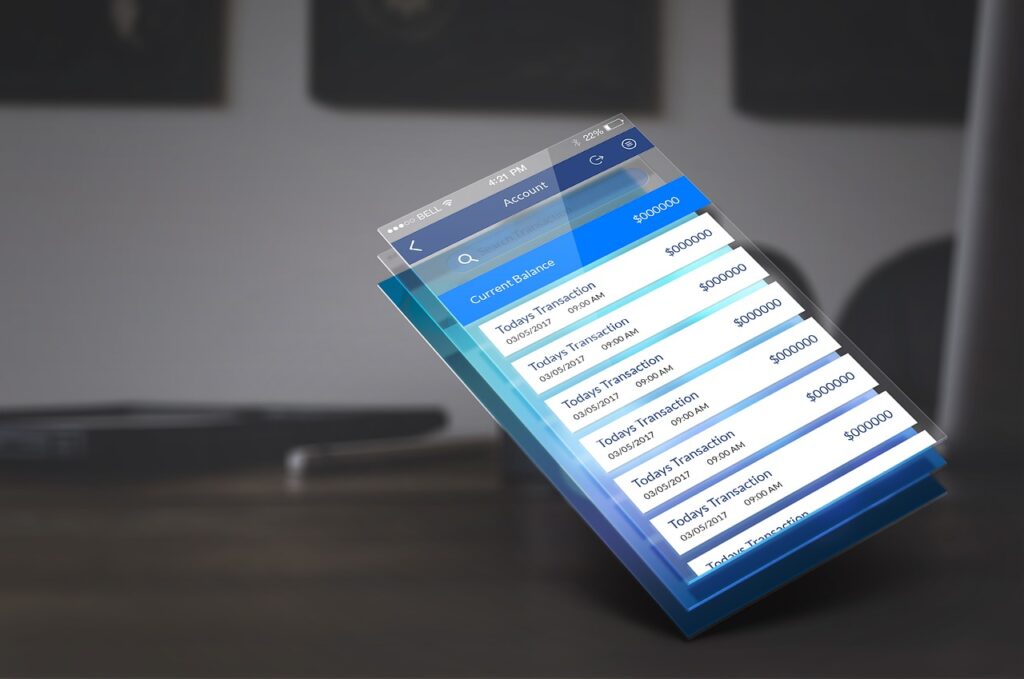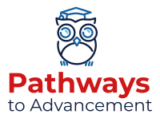UX/UI design plays a crucial role in creating user-friendly and aesthetically pleasing digital products. UX/UI bootcamps offer a fast-track route to enter the field, equipping aspiring designers with the necessary skills and knowledge. Pathways to Advancement aims to provide supportive and expert advice, guiding learners to find the right UX/UI bootcamp to meet their career goals.
Top UX/UI Bootcamps
To identify the best UX/UI bootcamps, a comprehensive methodology is employed, taking into account factors such as curriculum quality, cost, duration, job placement rates, and alumni reviews. The following list provides a brief description of the top UX/UI bootcamps, highlighting their unique features and offerings.
1. General Assembly is a well-known global education provider offering full-time, part-time, and online UX/UI design courses. Their curriculum includes design fundamentals, interaction design, user-centered design, prototyping, and usability testing. General Assembly boasts strong job placement rates and a vast alumni network, making it a popular choice for aspiring designers.
2. Ironhack is another top UX/UI bootcamp, offering full-time and part-time courses in nine different cities worldwide. Their curriculum focuses on design thinking, user research, wireframing, and prototyping. Ironhack is known for its commitment to student success, providing personalized career support, and fostering a collaborative learning environment.
3. Springboard offers a unique online UX/UI design bootcamp, emphasizing mentorship and hands-on projects. The curriculum covers design principles, user research, prototyping, and testing. Springboard also provides career coaching and job placement assistance, ensuring students are well-prepared for the job market.
4. Designlab is an online UX/UI bootcamp that offers a flexible, project-based learning experience. Their curriculum includes design theory, user research, interaction design, and prototyping. Designlab is known for its mentor-led approach, pairing students with industry professionals for guidance and feedback throughout the course.
5. CareerFoundry is another online UX/UI bootcamp, providing a comprehensive curriculum covering design fundamentals, user research, wireframing, prototyping, and usability testing. CareerFoundry emphasizes career support, offering students job placement assistance and a job guarantee upon completion of the program.
Comparing the top UX/UI bootcamps in terms of curriculum, cost, duration, and job placement rates is essential when deciding on the most suitable option. Each bootcamp offers a unique approach to learning and different levels of support, making it crucial for prospective students to carefully assess their individual needs and career goals before making a decision.

Understanding UX/UI Bootcamps
UX/UI bootcamps are intensive, short-term training programs designed to equip learners with the essential skills needed to become UX/UI designers. These bootcamps focus on practical, hands-on experience and project-based learning, emphasizing the real-world application of design principles. In comparison with traditional degree programs in UX/UI design, bootcamps offer a more condensed and accelerated learning experience, allowing students to enter the workforce more quickly.
Typically, UX/UI bootcamps last anywhere from a few weeks to several months, with both full-time and part-time options available. The format often includes a combination of lectures, workshops, and group projects, as well as mentorship and networking opportunities. Some bootcamps even offer remote or online learning options, providing greater flexibility for students with other commitments.
Choosing the right UX/UI bootcamp to meet individual career goals is crucial to ensure a successful outcome. Factors such as cost, time commitment, curriculum, and job placement rates should be carefully considered when evaluating different bootcamps. Ultimately, the best bootcamp for an individual will depend on their unique circumstances and career aspirations, and Pathways to Advancement can offer guidance in making the most informed decision.
Factors to Consider When Choosing a UX/UI Bootcamp
When selecting a UX/UI bootcamp, several factors should be considered to ensure the best fit for individual needs and career goals. These factors include personal goals and aspirations, time commitment and flexibility, cost and financial aid options, curriculum and teaching style, and job placement and networking opportunities.
Understanding one’s personal goals and career aspirations is the first step in determining the most suitable bootcamp. Different bootcamps cater to different levels of experience and career objectives, so it’s essential to choose a program that aligns with one’s desired career path.
Time commitment and flexibility are crucial aspects to consider, as bootcamps vary in duration and format. Some offer full-time, immersive programs, while others provide part-time or online options for those with other commitments. Assessing one’s schedule and availability is key to selecting the most compatible bootcamp.
Cost and financial aid options should also be taken into account. UX/UI bootcamps can be a significant investment, but many offer scholarships, payment plans, or even income-sharing agreements to help ease the financial burden. Thoroughly researching each bootcamp’s financing options can help make the decision more manageable.
Curriculum and teaching style are important factors, as they directly impact the learning experience. Prospective students should review the curriculum of each bootcamp, ensuring it covers essential skills and topics relevant to their career goals. Additionally, understanding each bootcamp’s teaching style, such as project-based learning or mentor-led instruction, can help determine the most effective learning environment.
Lastly, job placement and networking opportunities should be considered when choosing a UX/UI bootcamp. Many bootcamps provide career support, job placement assistance, and access to alumni networks, which can be invaluable resources for launching a successful career in the UX/UI design field.

How to Succeed in a UX/UI Bootcamp
Success in a UX/UI bootcamp requires preparation, dedication, and a proactive approach to learning and networking. The following tips can help students make the most of their bootcamp experience and set the stage for a successful career in UX/UI design.
Before starting a bootcamp, it’s crucial to prepare by reviewing relevant design principles, tools, and technologies. Familiarizing oneself with the basics can help build a strong foundation for the intensive learning experience ahead. Additionally, setting clear goals and expectations for the bootcamp can help maintain focus and motivation throughout the program.
Staying motivated and engaged during the bootcamp is essential for success. Strategies for maintaining motivation include setting personal milestones, actively participating in group projects, seeking feedback from instructors and peers, and celebrating achievements along the way. Regularly reviewing one’s goals and progress can also help maintain a clear sense of direction and purpose.
Networking and building a professional portfolio are vital components of a successful bootcamp experience. Connecting with fellow students, instructors, and industry professionals can lead to valuable relationships and potential job opportunities. Developing a strong portfolio showcasing the skills and projects completed during the bootcamp can help demonstrate expertise to potential employers.
After completing a UX/UI bootcamp, the job search and interview process can be challenging. It’s essential to take advantage of bootcamp-provided resources, such as career coaching and job placement assistance. Additionally, practicing for interviews, staying informed about industry trends, and continuing to learn and grow as a designer can help secure a fulfilling career in UX/UI design.
Alternative Pathways to a Career in UX/UI Design
While UX/UI bootcamps provide a fast-track pathway into the field, there are alternative educational options for those seeking a career in UX/UI design. These include online courses, degree programs, self-directed learning, and industry conferences and networking events.
Online courses and degree programs can offer a more structured and comprehensive approach to learning UX/UI design, covering a broader range of topics and often providing more in-depth instruction. These programs can be suitable for individuals seeking a more traditional education experience or a deeper understanding of the field.
Self-directed learning and continued professional development are essential for staying current in the ever-evolving world of UX/UI design. By regularly exploring new design tools, techniques, and best practices, designers can maintain their competitiveness in the job market. Online resources, such as tutorials, webinars, and articles, can be valuable for self-directed learning.
Attending industry conferences and networking events is another valuable way to advance a career in UX/UI design. These events offer opportunities to connect with industry professionals, learn about the latest trends and technologies, and gain insights into the current job market. Networking can lead to potential job opportunities, collaborations, or mentorship, all of which contribute to career growth and success in the UX/UI design field.
Conclusion
Attending a UX/UI bootcamp can provide a powerful boost to one’s career advancement by equipping learners with essential skills and industry insights. By carefully considering factors such as personal goals, time commitment, cost, and curriculum, individuals can find the right bootcamp to meet their career aspirations. Pathways to Advancement offers unbiased and expert guidance in this process, ensuring that learners make well-informed decisions.
Exploring alternative educational pathways and investing in continuous professional development are also crucial for staying competitive in the UX/UI design field. Industry conferences and networking events can provide valuable opportunities for learning, growth, and career advancement.
In conclusion, investing in one’s education and career growth is essential for long-term success in the UX/UI design field. By exploring the options presented in this article and seeking guidance from Pathways to Advancement, individuals can make the most of the available opportunities and forge a fulfilling career path.
